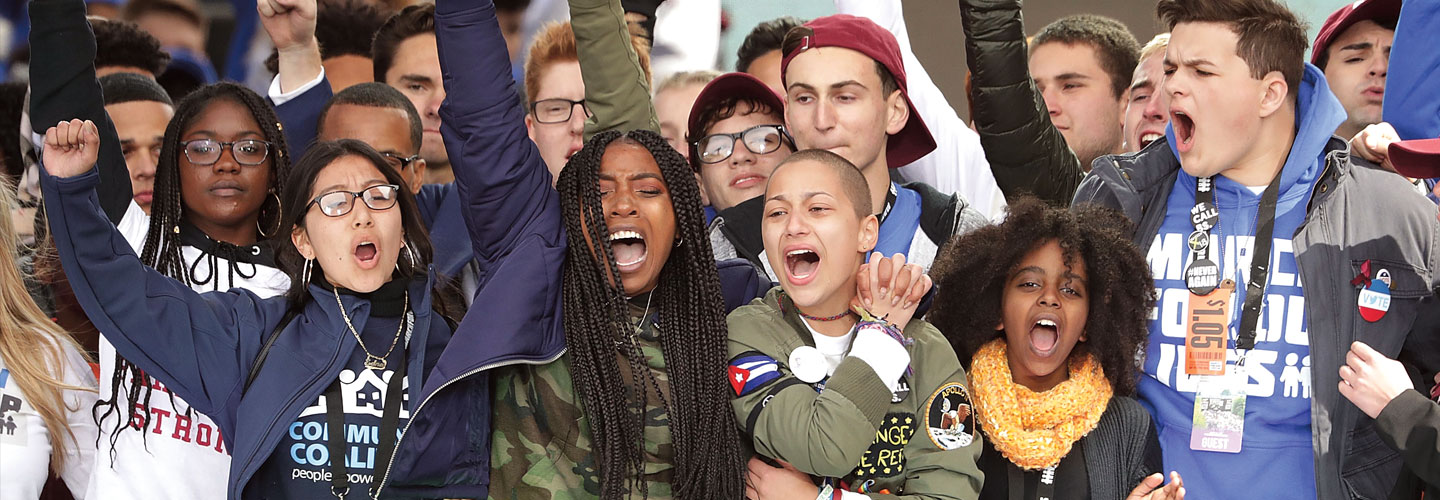Last spring, kids and teens took to the streets. They were participating in the March for Our Lives. This student-led demonstration was held on March 24 to demand tougher gun laws in the U.S. Marches took place in more than 800 cities across the country—and many more around the world.
Students from Marjory Stoneman Douglas High School in Parkland, Florida, spearheaded the effort. They decided to organize the march after a former student shot and killed 17 people at the school.
Last spring, kids and teens took to the streets. They were participating in the March for Our Lives. This demonstration on March 24 was led by students. They were demanding tougher gun laws in the U.S. Marches took place in more than 800 cities across the country. Many more were held around the world.
Students from Marjory Stoneman Douglas High School led the effort. Their school is in Parkland, Florida. They decided to organize the march after a tragedy there. A former student had shot and killed 17 people at the school.

